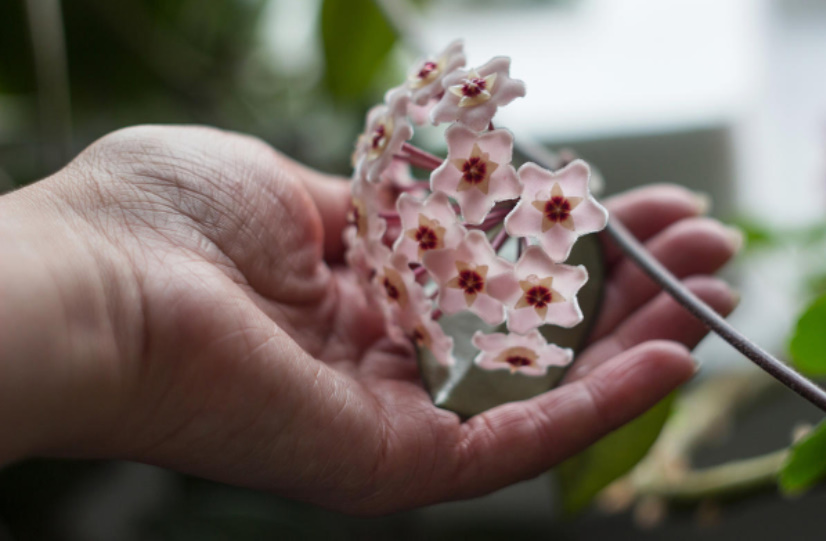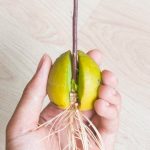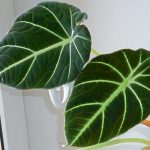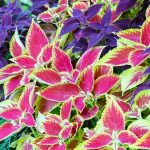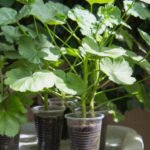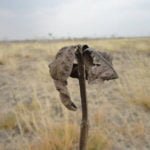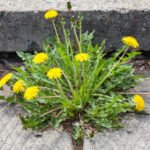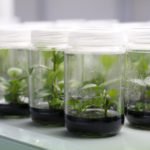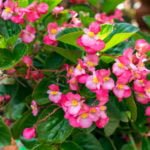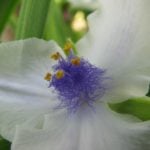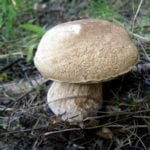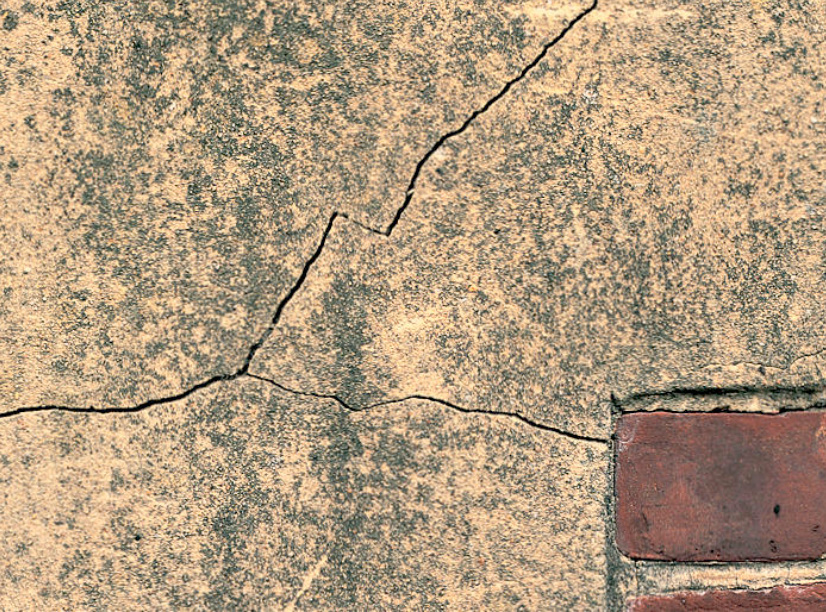Wax ivy, or Hoya, is an undemanding plant in maintenance and care. I love hoya very much and every year I get something new, but my old unpretentious and abundantly blooming varieties remain the most beloved – Hoya carnosa and Hoya lanceolata ssp. bella.
Portrait of a plant
Hoya is a climbing tropical plant with creeping evergreen shoots. It belongs to the Asclepiadoideae subfamily of the Apocynaceae family.
The leaves of the hoya are fleshy, come in different shapes — ovate, whole, oval or heart-shaped. The inflorescences are axillary, collected in umbrellas.
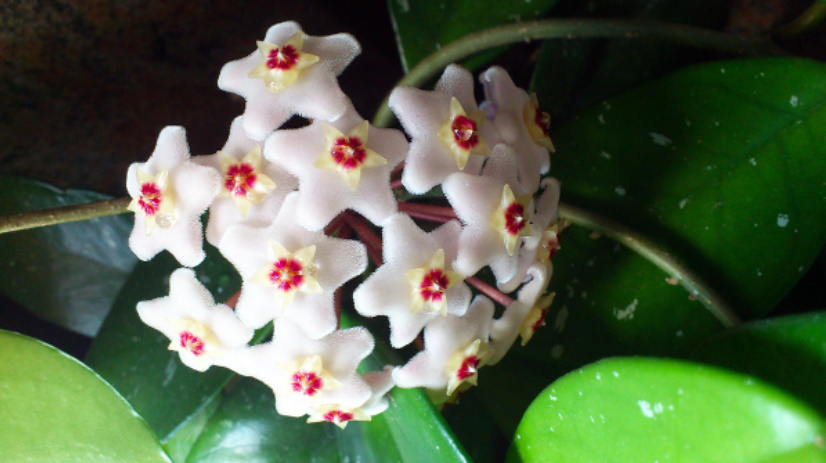
Hoya is the only plant in which new inflorescences appear on old peduncles. Therefore, after flowering, the inflorescences are not cut off.
Conditions of detention
Plants withstand shading and decorate rooms with their foliage, but with sufficient sunlight they still delight us with abundant and fragrant flowering. Hoya are unpretentious, easily propagate vegetatively and do not lose their decorative effect for 10-15 years. With proper care, they bloom from spring to autumn.
Our favorites are Hoya carnosa and Hoya lanceolata ssp. bella – they have been growing well in rooms for many years, they easily tolerate dry air, they delight with flowering all year round. Wax flowers exude a thick sweet aroma, so the room has to be ventilated often. Small flowers, similar to stars and collected in inflorescences-balls, are different in shape and color. They seem to be covered with wax, which is why the plant was popularly called “wax ivy”.
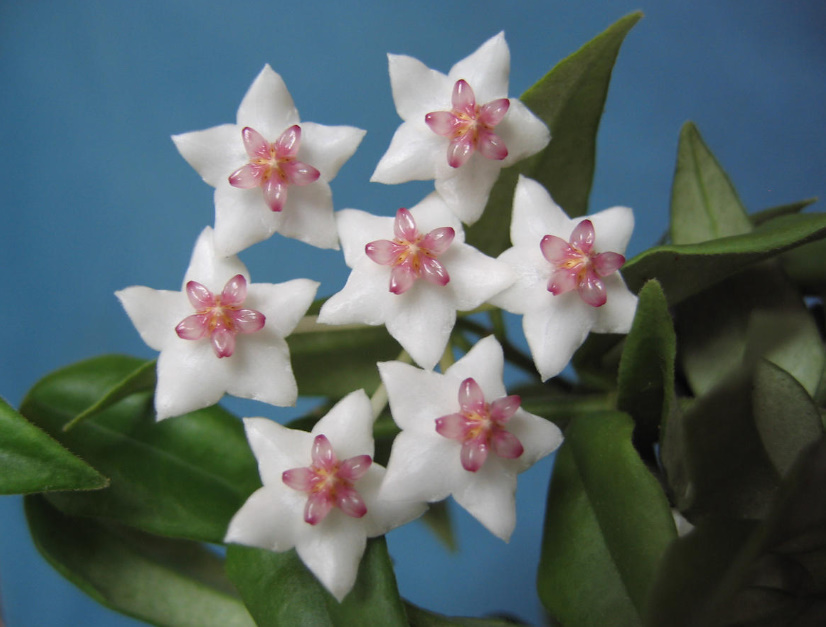
Conditions for competent care of hoya
1. Capacity and soil
The first and mandatory condition when caring for hoya is a small pot. In a spacious bowl, it will not bloom. This is explained by the fact that her root system is small, and therefore she does not need spacious pots. For the same reason, there should be drainage holes and drainage (expanded clay or pieces of foam) at the bottom of the pot.
The soil should be loose and nutritious, it is advisable to add peat and vermiculite to it.
Hoya does not like to be rotated or changed its place in relation to the light source, especially if the plant has gathered buds (it may drop the buds and not bloom). Therefore, this beauty must be immediately placed in a permanent place. In case of insufficient lighting, the plant may also not bloom and even shed the already laid buds.
2. Watering and spraying
The second condition in care is proper watering. I never water the plant if the substrate is wet, only after the top layer of soil is completely dried. It is difficult to dry the plant, more often it dies from rotting of the roots with an overabundance of moisture.
I use rainwater and warm water. Leaves can turn yellow and crumble from cold and hard water. If hoya has symptoms of shriveling and wilting of leaves, we often mistakenly, due to inexperience, consider the lack of moisture to be the cause. In fact, this is the result of rotting of the root system from waterlogging. After detecting such symptoms, you should immediately transplant the hoya into fresh and dry soil, after removing the rotten roots and treating them with a fungicide solution.
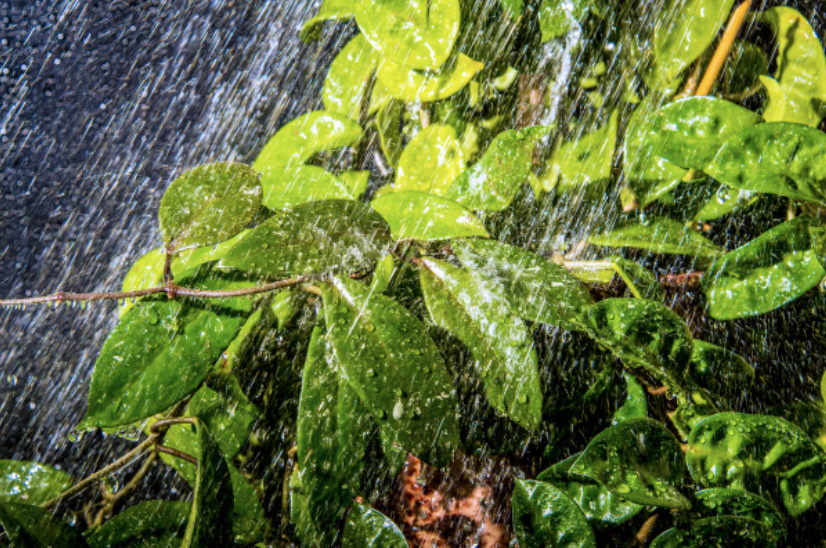
Hoya are very fond of water treatments, once a month bathing under a warm shower is simply necessary for the plant. The leaf is large, leathery, collects a lot of dust. Before bathing, I put the pot in a plastic bag so as not to wash out and waterlog the soil.
3. Reliable support
Hoya also need a firm support. When the plant was not very large, a hard wire bent in a semicircle and stuck into the ground served as a good support for it. The plant was growing, and it was necessary to increase the support, choose one that was convenient to move the pot. A bamboo ladder has become an ideal option, you can buy such a support in any flower shop.
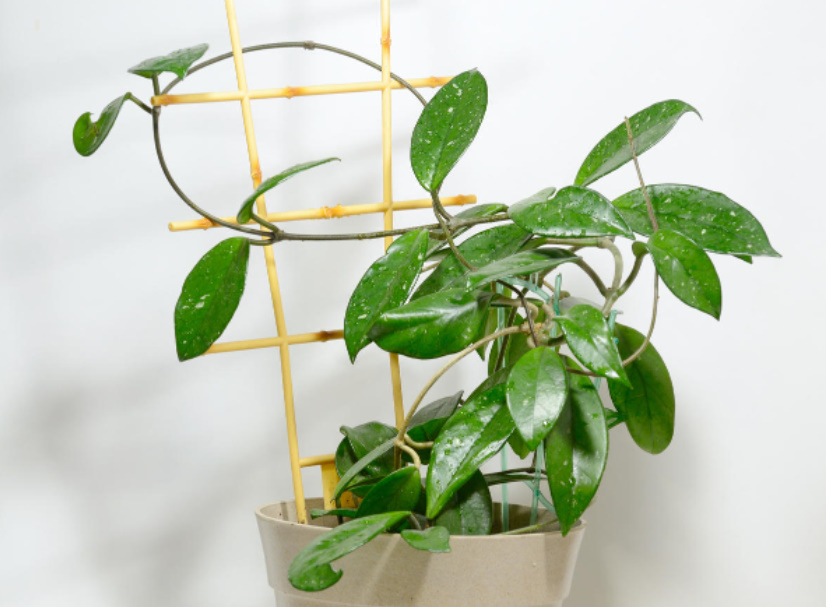
Reproduction and transplantation of hoya
To propagate hoya, I use cuttings from adult, already flowering plants. First, I keep the cuttings in warm water for a while (before the plant stops secreting milky juice), and then I root them in boiled water with the addition of an activated charcoal tablet.
Also, hoya cuttings take root well in perlite or vermiculite. These two minerals hold moisture perfectly, but at the same time give it to the plant as needed – the cuttings do not rot and, perhaps, even give roots faster.
The container with the planted stalk is covered with a transparent cap or a plastic bag. When the stalk takes root, I plant it in a suitable soil.
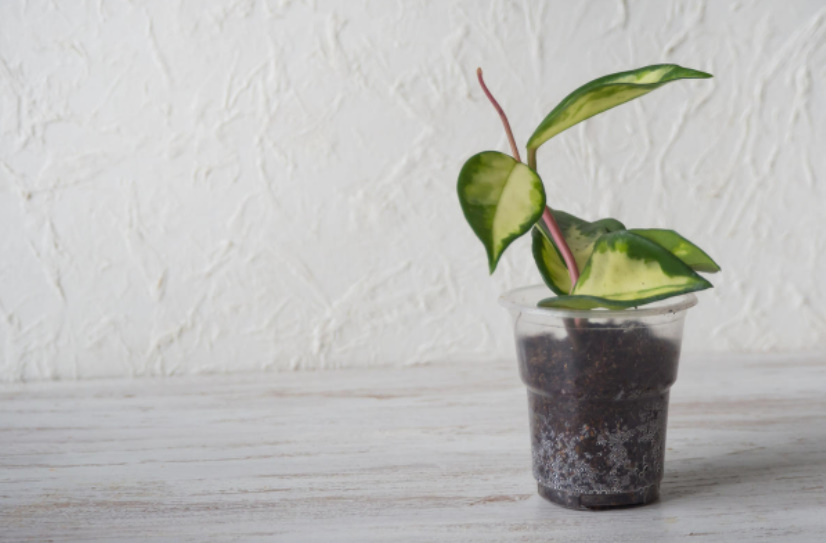
I transplant young plants annually, in the spring, and adults — once every three years, if necessary. Hoya doesn’t need a big pot, but every time I buy a new one for transplanting — the one left after some other plant is not good. And even a new pot is thoroughly washed with ordinary soap before transplanting, and the substrate is sterilized.
I put a drainage layer on the bottom of the pot, I transfer the plant into a new pot along with an earthen lump and fall asleep with soil.
Important! If there are small children in the house, the plant must be placed in places inaccessible to them, the milky juice of hoya is poisonous, if it gets on the skin, mucous membranes or in the eyes, it can cause burns.
